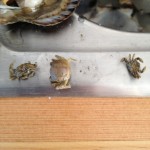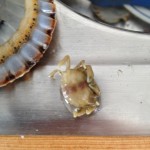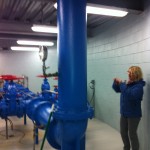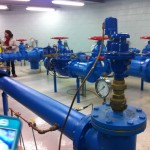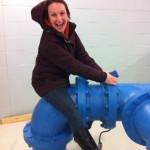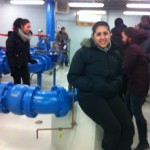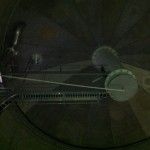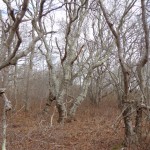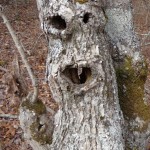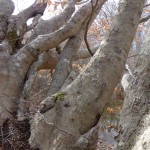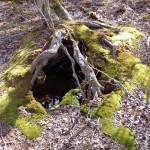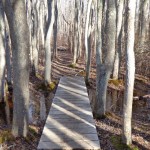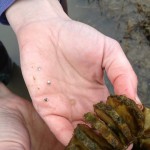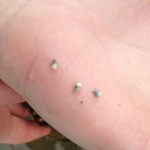So far, so good! 5 weeks in and the island of Nantucket is abuzz with scientific inquiry and investigation. Us students have begun to delve deeper into our independent study projects, meaning: reading pages of text from myriad sources spanning several disciplines, meeting with local members of the community and visiting experts, and getting down and dirty in the salt marshes, on the seas, and… the dance floor at the Rose & Crown ! Personally, as the one-man communications department at LivingLab Nantucket the limits of possibility have never been so wide open. Nantucket Chronicle, a widely-read digest that functions as a nexus of community discussion, has opened a page for LivingLab where we can share the progress of journey during our time here on Nantucket. There isn’t much yet, but check back soon (and often) for more LivingLab updates [http://www.nantucketchronicle.com/nantucket-soundings/2013/livinglab-nantucket-2013]. There is definitely more to come of this.
In other news, we are rounding the corner of our Hydrology class. A traditional Environmental Science, studying the movement and distribution of water around the globe – and locally – has never seemed so poignant. With Nantucket as a subject, and resources like Mark Willett from Wannacomet Water Company, we have been able to learn and observe how the distribution of water is related to the geologic history of the island and how modern methods of water extraction can impact the essential resource of groundwater. Hydrology has proven itself to be extremely informative, and Ellen is doing a great job of sharing her passion for the subject with us.
Lastly, we saw some MIT kids at Sankaty Lighthouse on Friday with Mass DCR. I wish we had been able to connect and learn about what they are doing on the island; it would be great to collaborate together! Hope to see more academic activity on island, after we pave the way first 😉
-

-
A walk around the block to clear the head and this is what you find…
-
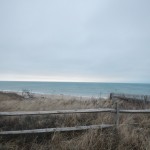
-
Beautiful, deserted beach after a chilly bike ride on a not so traditionally beautiful day
-

-
Vernal Pool in Squam Swamp

